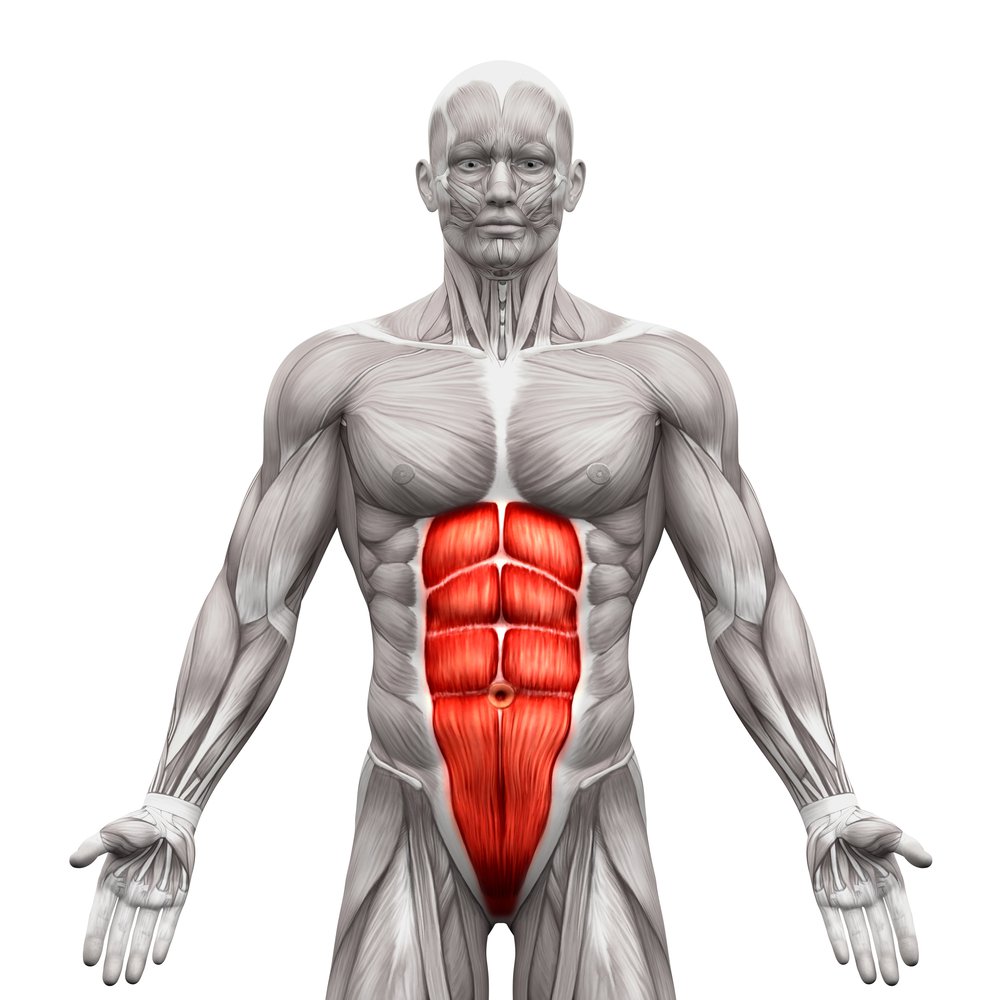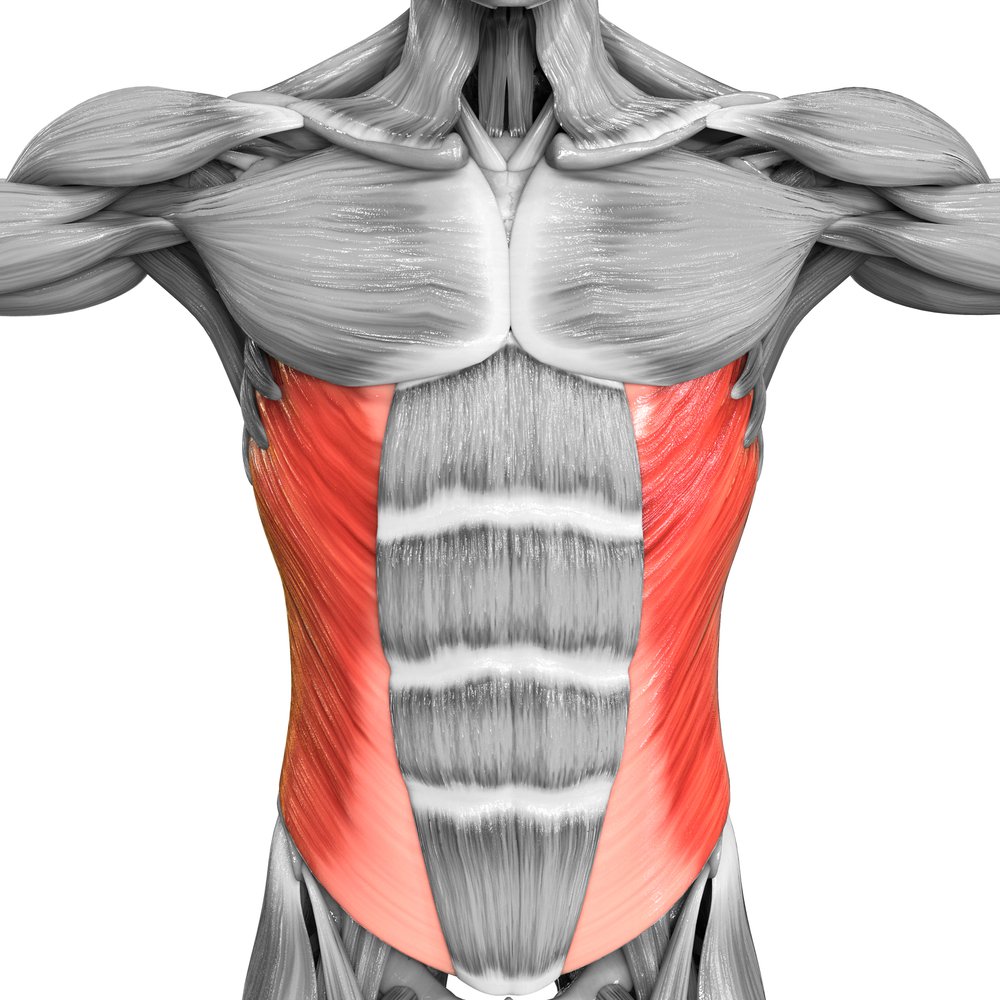C-sections are lifesaving and I’m thankful that we have them in modern medicine, but recovering from a c-section can be more complicated than recovering from a traumatic birth. It’s national c-section awareness month, so I thought I would cover one of the more common problems after birth that can be complicated by having a c-section: Diastasis Recti.
When you birth by c-section, you undergo a major surgery. When you have surgery, there is scar tissue and your brain naturally will over activate muscles in the area because there was a physical trauma to the area. If the birth was unplanned or you weren’t properly cared for, your brain may categorize the birth as traumatic. This will typically lead to an additional layer of over activation in the area because the brain is trying to protect you. The muscles that are typically over activated are the muscles that run right underneath where your scar is: your rectus abdominis and obliques.


When these muscles work harder than your pelvic floor and transversus abdominis (the deepest abdominal muscle), Diastasis Recti can persist even if you do core or abdominal work. The trick to healing Diastasis Recti when you have had a c-section is to spend time first on calming the overactive muscles and nervous system.
One of our favorite ways to calm the muscles and scar tissue is massage.
We encourage clients to start by just touching their scar and then work on the surrounding muscles. You can use circular motions or deep pressure if that feels better. We like clients to do this for a few weeks coupled with proper breathing prior to learning how to coordinate their pelvic floor and transversus abdominis.
Muscles and scar tissue can continue to be tight if the nervous system is in protect mode. Even if your c-section was not traumatic, your brain can still be working to protect you and tighten these muscles. You're recovering from a major surgery, and often if you don't work on relaxing the abs and scar, they will get stuck in this tension mode.
One of our favorite ways to relax the nervous system is with a body scan. This is a meditative technique that helps you get out of your head and get into your body. This can help you be more aware of when you tighten muscles. Many clients find that in stressful situations, like when their kids are misbehaving or they’re stressed at work, they’re pulling their belly button toward their spine.
Try a body scan by sitting or lying down. Call attention to your feet. Notice any sensations or pain. Notice and move on. Next, call attention to your shins. Notice any sensations. Don’t try to change them, just move on. Do this, traveling up your body, paying close attention to your pelvis, pelvic floor, abs, and jaw. As you get better at this, you can start doing this in stressful moments and noticing what is happening in your body.
If you want a step by step guide and video of how and when to do this, you’ll want to check out our Mind-Body Coping Skills Mini Series. Enter your email here to get on the email list for when this is released. (put email entry box)
If you’re ready to start to heal your mind, body, and spirit, and ditch Diastasis Recti and c-section discomfort, book a free consult with us in our Wexford, PA office, Greensburg PA office, or virtually from anywhere in the world!
